Baby diapers are a kind of baby underwear that allows babies to poop or pee without using a toilet or soiling clothes, beddings, etc. they are an efficient way of handling baby toilet hygiene. They are commonly worn by babies and children who have issues with bedwetting. There are also adult diapers for patients who can’t leave the bed, seriously ill patients, and adults of advanced age.

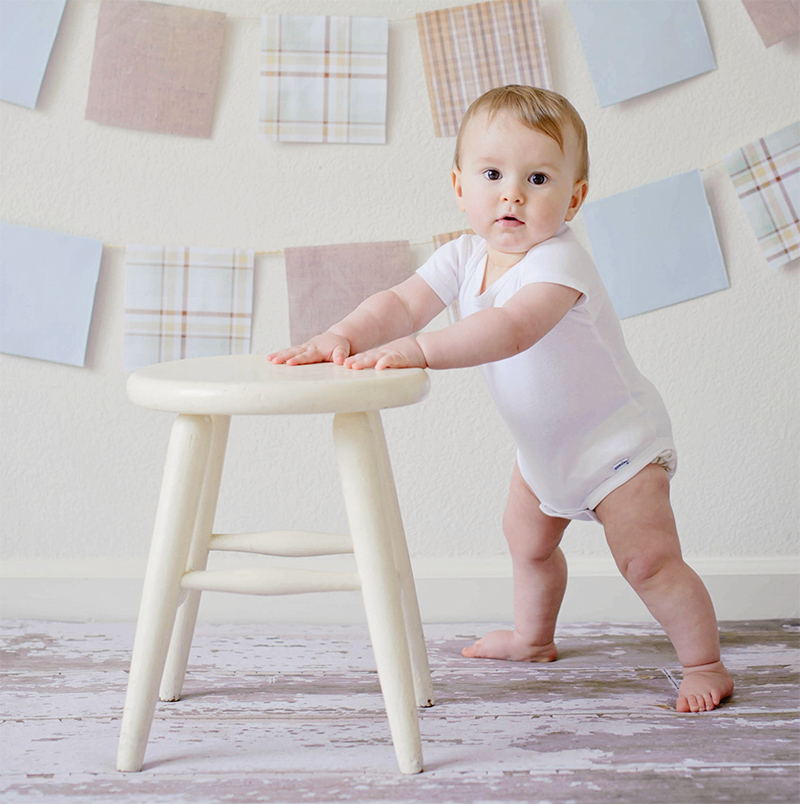
Disposable baby diapers and traditional or cloth baby diapers have peculiar advantages and disadvantages. These can be looked at from their unique properties, materials used in production, effects on the environment, and so on.
In the past, the industry used materials like cloth, cotton, etc, and even though they were soft and served the purpose to some extent, they weren’t as efficient. Some problems encountered were poor absorption, infections, rashes around the diaper area, leaks, inability to hold in moisture for a reasonable length of time and they were not exactly gentle on the baby’s skin.
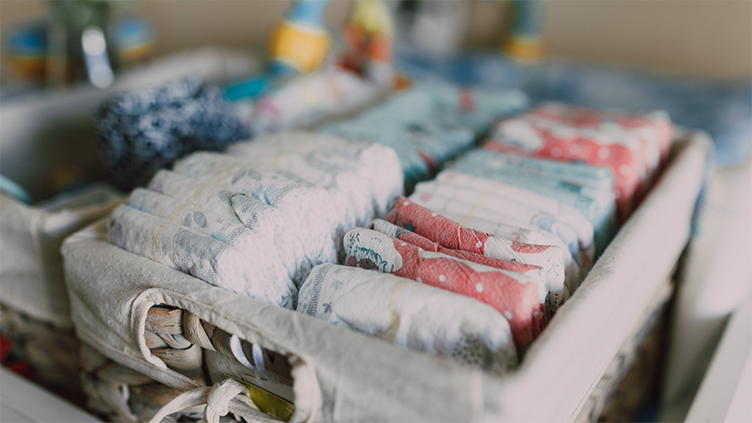
The early disposable diapers were made with several materials. The industry experimented with several options which included; fluff cellulose, cotton fibers, wood pulp fluff, and so on. Every material used has its advantages and disadvantages and the aim was to evolve into using natural products that would stay soft, rapidly absorb moisture, resist leakage, feel very soft on the baby’s skin and maintain the best possible comfort.
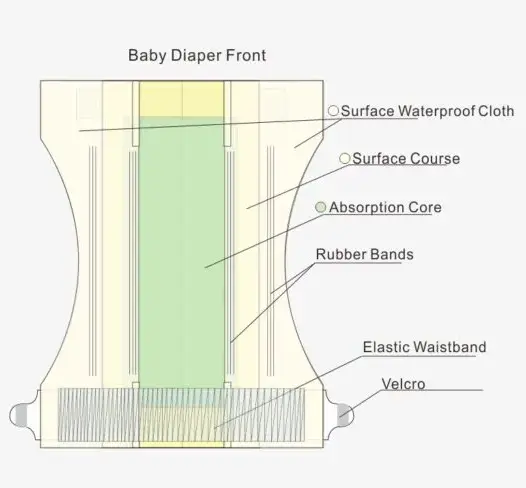
The current baby diaper design used by diaper manufacturers consists of the surface sheet, the rapid absorption pad that makes up the core layer and is between the surface sheet and the backsheet, and finally, the backsheet or lower sheet. The quality of a disposable baby diaper lies significantly in its ability to rapidly absorb urine and keep the surface soft, cool, and dry. The other important features are the elastic band for proper fitting.
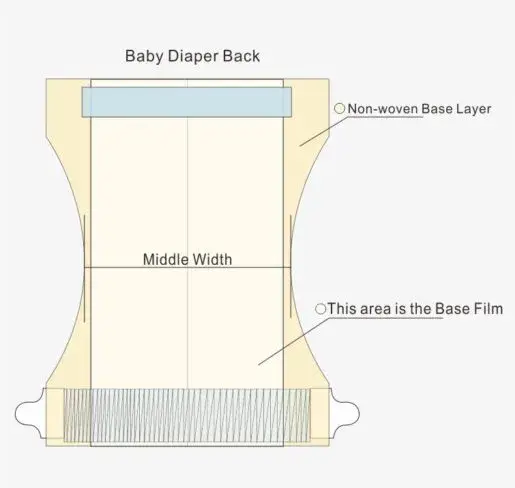
This is the layer closest to the baby’s skin and is expected to be made of breathable and permeable material that rapidly sucks in moisture and evenly redistributes it to the inner layer where it is held in. This layer should maintain softness, dryness, and freshness.
Made of a soft rapidly absorbing pad that quickly absorbs moisture coming from the surface sheet, redistributes it throughout the core layer, and keeps it locked in there to maintain a dry surface.
Made of non-woven, breathable polyethylene film that prevents the leak of moisture from the diaper.
One or more pairs of adhesive or mechanical fasteners may be adjustable to keep the diapers in place. Elastic fabrics are also fitted around the waist and leg areas to prevent the escape of fluid and to keep the diaper secured.
Wetness indicators alert caregivers to when the baby passes urine. Some diapers come with different pleasant fragrances and essential oils to protect the skin around the diaper area and several other features depending on the brand and what is in demand.

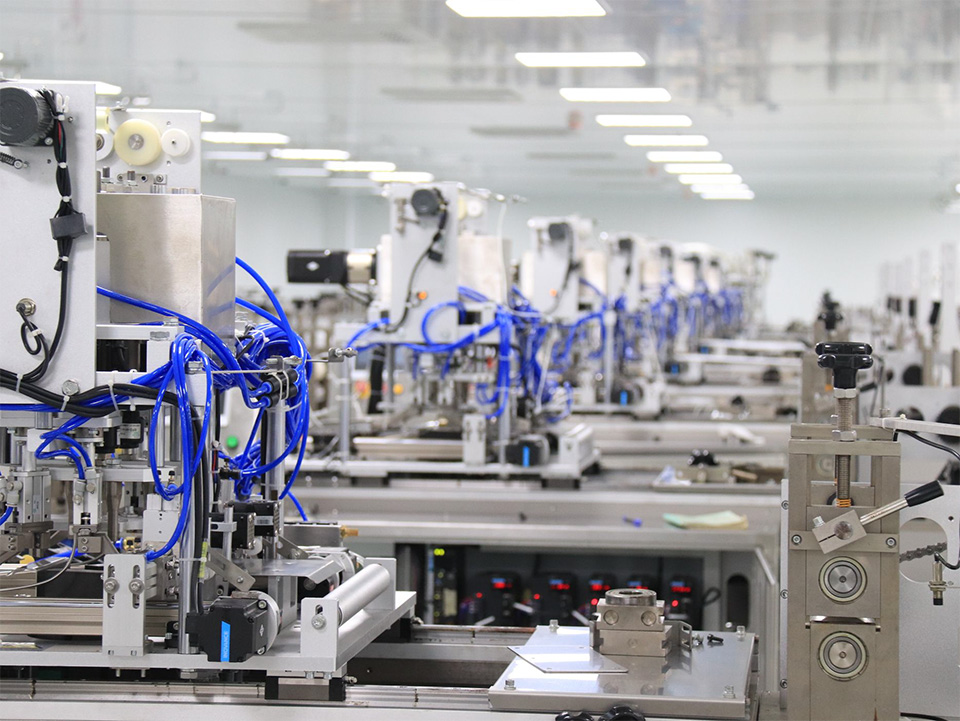
Yes we do. We can offer our current product as sample for the customers as reference.
Yes we do. We can offer our current product as sample for the customers as reference.
Yes we do. We can offer our current product as sample for the customers as reference.
Yes we do. We can offer our current product as sample for the customers as reference.
Yes we do. We can offer our current product as sample for the customers as reference.